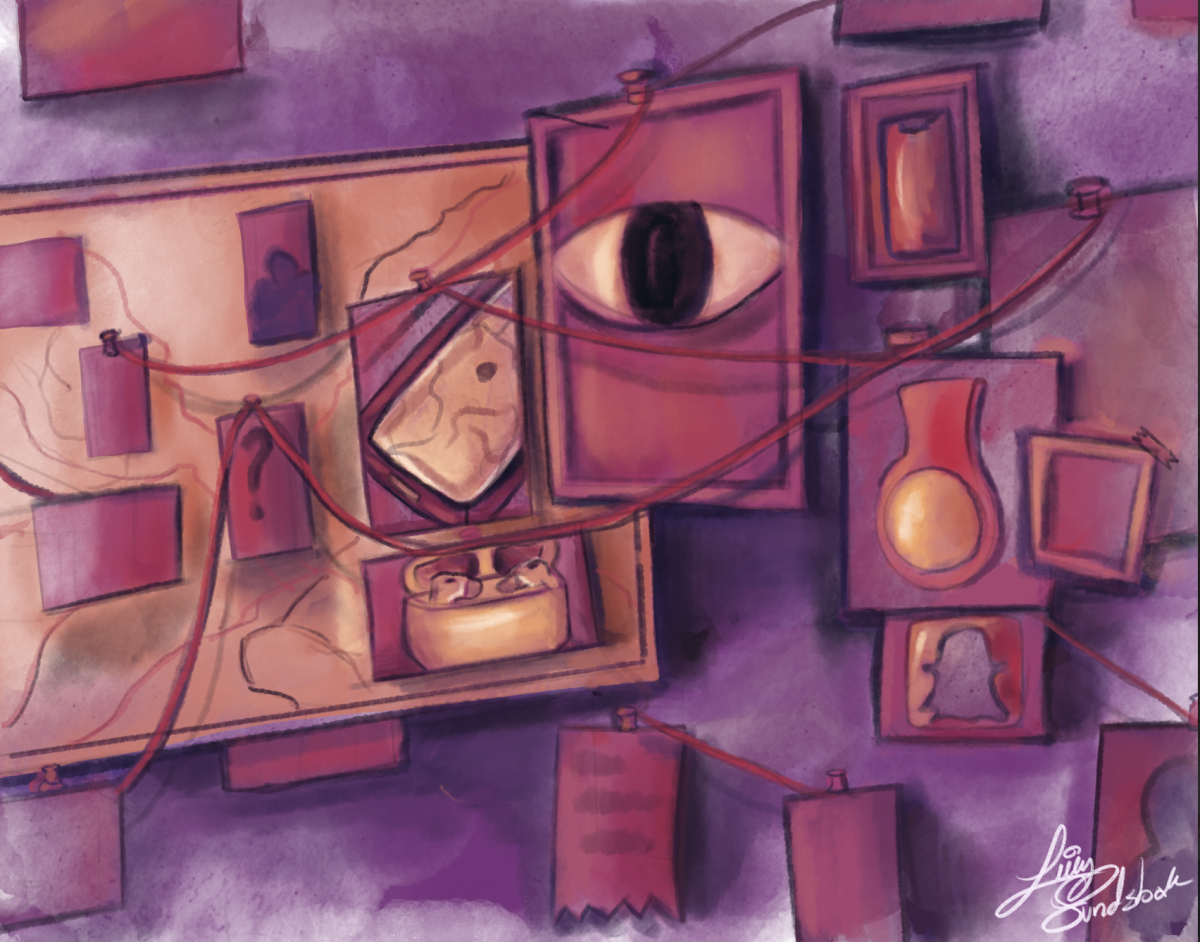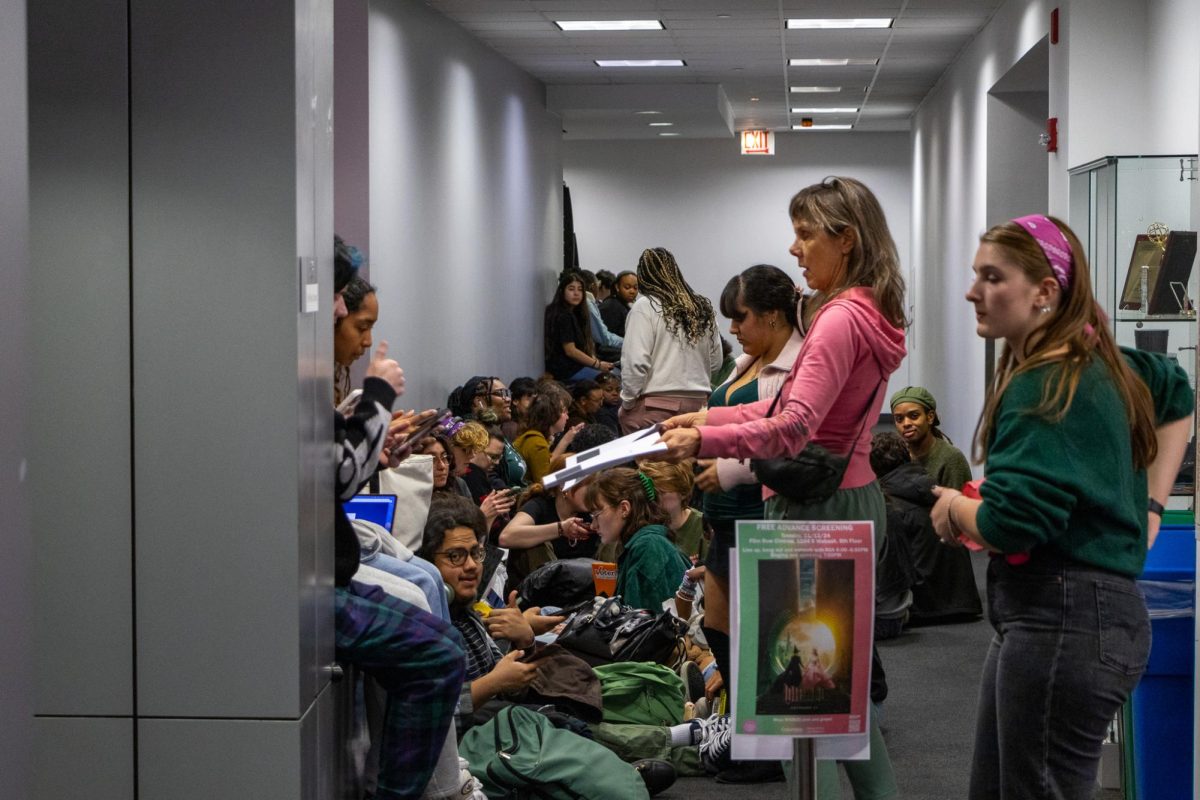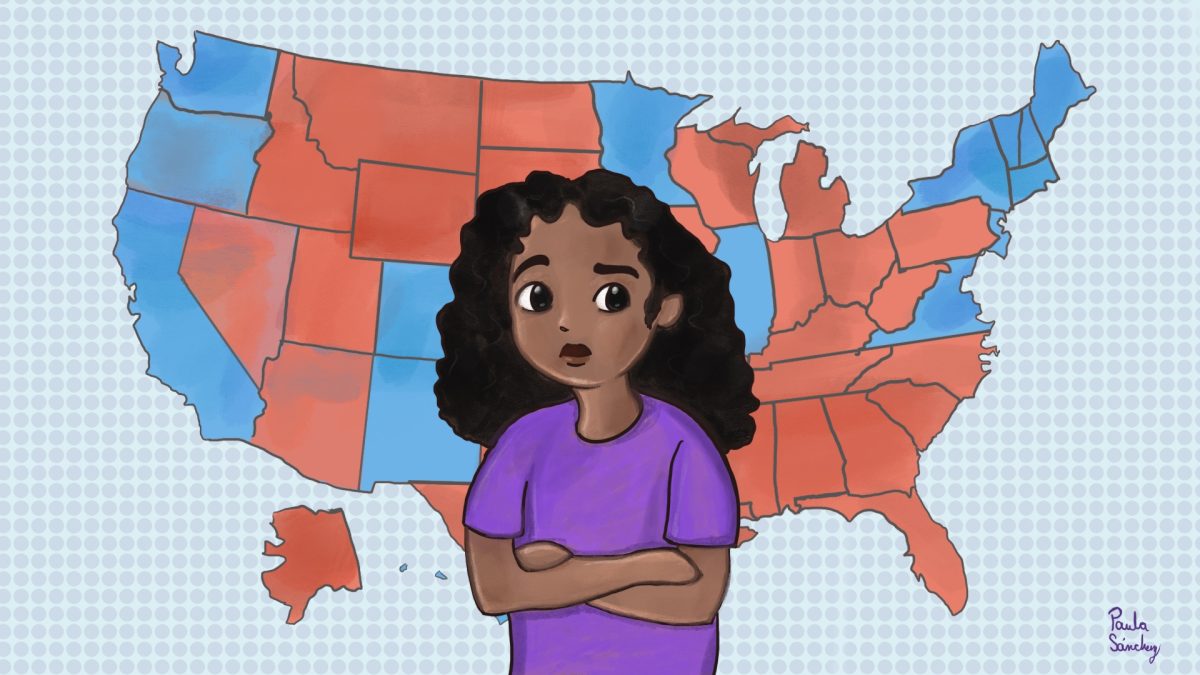THE SEX ISSUE
When senior photography major Caroline Guffey was in a three-year relationship, using Snapchat’s location-tracking Snap Maps feature was normal. After the breakup, her ex began using it to find and stalk her in person.
Since then, Guffey has received constant login attempts from major social platforms like Instagram, Snapchat and TikTok, with two of them being successful. She said she knew it was her ex-partner because she was being notified of an email only “he knew” to access her accounts.
“I knew it was him, especially on TikTok,” she said. “I blocked him, and everyone that he knew, even his new girlfriend. Then, I get a message that somebody’s logged into my TikTok and all of a sudden, none of those people were blocked anymore.”
The stalking stopped after Guffey posted publicly about the experience on TikTok, saying she was “able to use technology to get back at him” not only by calling him out on social media but also by using Snap Maps herself to see where he was so she could avoid him.
The signs of an unhealthy relationship are often similar, said Neil Callicoat, director of Equity Issues and Title IX Coordinator for the college. “If someone is constantly breaking the boundaries that you have clearly communicated, or if you find someone is taking advantage of you, whether it’s in person via a written note or a text message, they’re still red flags.”
The Title IX office assists victims of domestic abuse and stalking through counseling referrals on and off campus, police contact, or legal action.
Callicoat blamed not only technology but also human behavior. “Unfortunately, it just gives people creative new ways to be abusive,” he said. He’s seen fake accounts created solely to follow and collect information about victims.
Junior audio arts major Max Cichon witnessed this firsthand when his partner was stalked by an ex. They met through the dating app Bumble and although they’d broken up, the ex still tracked her location via Find My iPhone.
As time went on, the ex-partner eventually found Cichon on social media and began to message him through direct messages via Instagram, saying things like “watch out” and “back off of her.”
After the ex-partner asked for an in-person meet-up, Cichon’s partner decided it was time to cut off all communication.
“The cyberstalking continued to happen for a while, until he eventually just gave up, which was good,” Cichon said. “All in all, it was a bit of a dangerous situation”.
Callicoat advised students to adjust privacy settings, share information cautiously and formally report unsafe situations at the Title IX office.
“Be careful about who you allow to follow you and be mindful of the presence you put out there,” Callicoat said.
Social media isn’t always bad when a relationship ends.
People use social media to “reminisce about the relationship, see what their partner is up to, or just out of general curiosity,” said Marisa Cohen, a relationship scientist and marriage and therapist counselor in New York City. “This can keep the person in a space where they feel like they’re not fully processing their emotions, and they’re not starting to, essentially, detangle their life from their partner.”
That’s why it’s important to have discussions about social media early in a relationship.
“I think that the most important thing I can share is for partners to share their expectations and their needs when it comes to technology,” Cohen said. “It’s not so much like a one size fits all approach, it’s really within the couple when the expectations for what technology use will look like mismatches. That’s when problems arise.”















